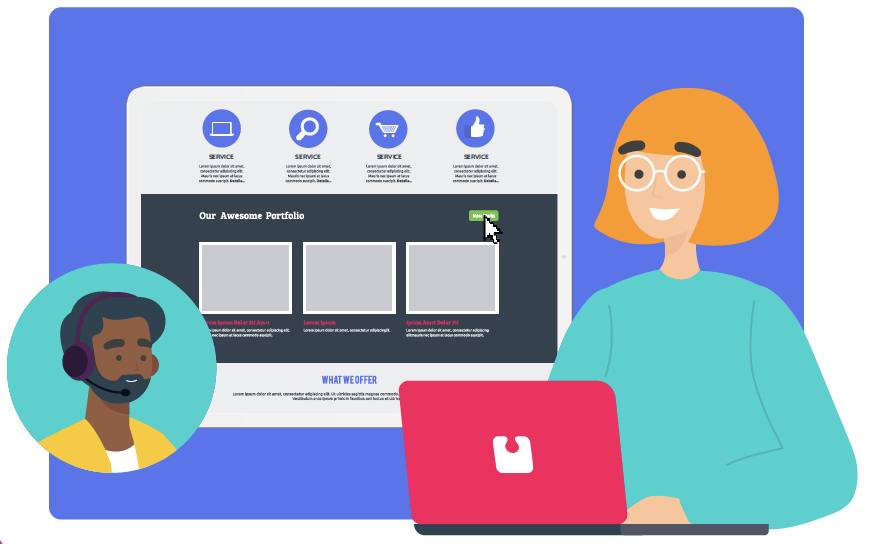Stay service-savvy
Get all the latest news and insights straight to your inbox.

One reason is because most companies ignore customers who try to convert online when they bump into troubles… our contact centre vendor, Puzzel, tested 12 large brands and the result was staggering.
Among the brands tested were banks, insurance, furniture and electric utility companies. In one scenario, a high-value shopping cart was created , while in the others we simply started to apply for loans or a service online.
Doubts or problems in the very last steps of these processes were then simulated.
For example, they simulated adding 80k’s worth of beds in our cart! We did this to see if we would get any help to complete our purchase. With the banks, we left the loan applications incomplete at the last step by clicking on the “back” button – away from the web form application.
Who was tested?
The result?
It was staggering. None of the companies tried to help complete the purchases. If they were physical stores, it would have been like if they had closed down. The testers were left completely alone at the checkout with their full shopping cart when they abandoned it.
Would that have been accepted by managers at a physical store?!
*Puzzel’s Business developer, Jan Wärmlind explains:
“Millions are spent on developing nice web pages, but almost nothing is done to add a human touch and actually help customers convert once online.
Are companies still so naive that they think that only a good-looking website will increase sales?"
Losing conversions by forcing customers offline
“Am I blind or is there no one here to help me?”
There was no proactive help, no notification to the online store’s staff that ‘here is someone who needs help to convert.’ At the most, there was a phone number that we could call. That is a long and fairly circuitous way for a customer to get help. Why force customers to go offline to get proper assistance? Why not help customers there and then, in context, on the webpage? That would surely increase conversion rates.
"60% of customers calling support started their customer journey online. Why force them to go offline? It’s just like putting up a ‘we’re closed’ sign at your physical location to tell your customers that you’re not there for them. That’s not the way to build trust with a potential customer waiting to swipe their card and spend 80K on beds." says Jan Wärmlind.

What proactive engagement could have done in this situation
With the help of *Puzzel Engagement Platform, we supported several companies to achieve amazing results by increasing their sales and conversion rate online (ie. from 3% to 24%).
Puzzel's platform monitors the behaviour of visitors on a site. Depending on certain triggers, as well as on business’ rules and potential order value it will prompt you to initiate an interaction at the right moment with the right customer.
Amazingly, we still see a daunting number of brands that don’t use proactive online engagement, even though this technique is a proven path to greater conversion. This results in lost revenue and dissatisfied customers.
Conversion effect A/B test over a 6-month period. Customers with problem(s) in the checkout were either left alone OR offered proactive help. The result was a 21% increase in the conversion rate when offered proactive help through advanced chat!
Some guidelines for success
Formally known as Vergic. Puzzel acquired Swedish digital engagement company Vergic back in October 2021.
Get all the latest news and insights straight to your inbox.